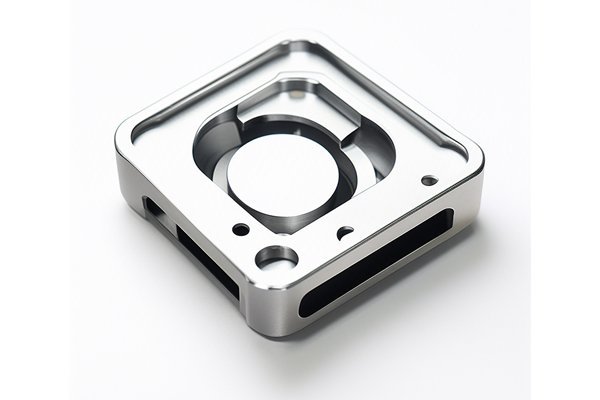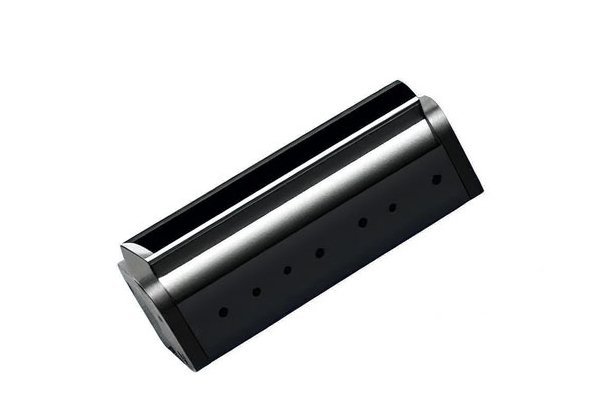Opening:
Did you know that manufacturing costs account for nearly 70% of the total spending in the aerospace and automotive industries? In times of fluctuating markets and increasing competition, understanding and optimizing these costs is more crucial than ever. For manufacturers relying on CNC (Computer Numerical Control) machining, the ability to streamline operations and maximize quality while minimizing costs can make or break a business. This blog aims to explore practical strategies for cost optimization in CNC machining, enhancing both production efficiency and bottom-line performance.
—
CNC machining is a subtractive manufacturing process where a computer program dictates the movement of factory tools and machinery. This results in the precise shaping and cutting of materials to create necessary components. The process allows for high accuracy and repeatability, beneficial for industries like aerospace, defense, automotive, and medical devices.
1.1 The Importance of CNC Machining
For many manufacturers, CNC machining represents a significant investment in capital equipment and labor. However, effective CNC machining not only enhances product quality and lowers defects but also optimizes lead times, thus improving customer satisfaction. Incorporating cost optimization strategies is essential to ensuring that this valuable production method yields the intended financial results.
—
To optimize costs effectively, it’s crucial to identify the primary cost drivers associated with the CNC machining processes:
2.1 Material Costs
Material costs often take the largest chunk of the overall budget. This includes not just the metal or plastic itself, but also waste material generated during machining.
2.2 Equipment Costs
CNC machines are expensive to purchase and maintain. Their complexity necessitates highly skilled technicians to operate and service them, which can further hike costs.
2.3 Labor Costs
While CNC machines reduce the dependency on manual labor, skilled technicians are still required for setup, programming, and troubleshooting, resulting in significant labor costs.
2.4 Overhead Costs
Factory overheads such as utilities, rent, and administrative expenses contribute to the overall cost of doing business.
—
3.1 Material Selection
One of the simplest ways to optimize costs is to carefully consider material selection. Choosing materials that are cost-effective yet meet the functional requirements can drastically reduce expenses.
3.2 Efficient Machining Processes
The efficiency of machining operations can greatly influence production costs.
3.2.1 Optimize Tool Selection
Select the right tools for the job, taking into consideration factors like material hardness and required tolerances. High-quality cutting tools can improve cutting speed and reduce wear, ultimately leading to cost savings.
3.2.2 Cycle Time Reduction
Reducing cycle time is critical for enhancing production efficiency. Strategies to consider include:
3.3 Training and Employee Skills Development
The knowledge and skills of employees play a significant role in production efficiency. Investing in training can lead to innovations in machining practices.
3.3.1 Cross-Training Programs

By training employees on multiple machines or departments, manufacturers can increase flexibility in labor allocation and minimize downtime.
3.3.2 Continuous Improvement Initiatives
Encouraging employees to actively participate in improvement initiatives cultivates an innovative mindset and empowers staff to make meaningful contributions to optimizing production.
3.4 Implementing Lean Manufacturing Principles
Lean manufacturing emphasizes eliminating waste without sacrificing productivity.
3.4.1 Value Stream Mapping
Mapping out the entire production process to identify any steps that do not add value is essential for cost savings.
3.4.2 Just-In-Time (JIT) Management
JIT management allows for inventory to be delivered as it is needed, reducing excess storage costs while ensuring that the materials are available for production.
—
4.1 Technology Integration
Incorporating new technologies such as cloud computing, IoT (Internet of Things), and AI (Artificial Intelligence) tailored for CNC machining can create more sophisticated and responsive manufacturing systems.
4.1.1 IoT-Enabled Monitoring
Implementing IoT sensors to monitor machines can help predict maintenance needs, minimizing downtime and unexpected repairs.
4.1.2 Advanced Analytics
Using advanced analytics enables manufacturers to gain insights into production behaviors, leading to data-driven decisions that optimize processes and reduce costs.
4.2 Collaboration and Supply Chain Management
Effective collaboration across the supply chain can lead to substantial cost savings.
4.2.1 Supplier Relationships
Building strong relationships with key suppliers can lead to better pricing and terms, reducing costs for materials and components.
4.2.2 Shared Resources
Often, manufacturers in similar industries can share resources or even technology, leading to reduced operational costs.
—
Emphasizing metrics to gauge performance can provide clarity on areas that require further optimization.
5.1 Key Performance Indicators (KPIs)
Utilizing KPIs such as machine utilization rates, cost per part, and cycle times can help manufacturers assess where they stand concerning their optimization goals.
5.2 Feedback Loop
Creating a feedback loop where operators regularly report inefficiencies and suggestions for improvement can enhance overall production quality and reduce costs continuously.
—
In today’s cutthroat manufacturing environment, effective cost optimization strategies within CNC machining processes are no longer optional—they’re essential. By understanding key cost drivers and adopting a comprehensive approach that integrates material selection, machining process efficiency, labor optimization, lean methodologies, and advanced technologies, manufacturers can enhance their production efficiency significantly.
As explored in this blog, embracing these strategies not only leads to more cost-effective operations but ultimately contributes to greater customer satisfaction and competitiveness in the market. By reevaluating and implementing these practices, manufacturers can adapt to changes in the industry landscape, ensuring sustained success and growth in CNC machining capabilities.
—






